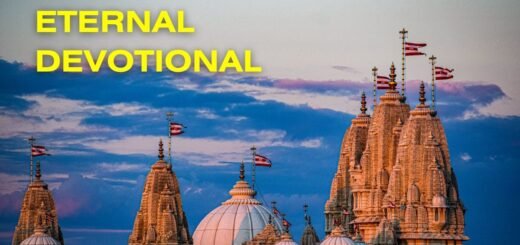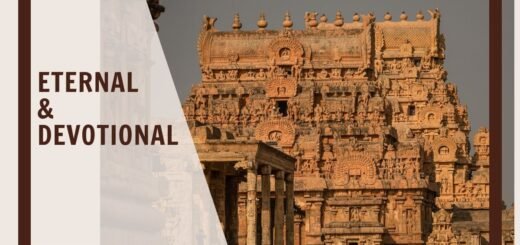Koneswaram Temple Underwater Mystery Pillars
See below for the Koneswaram Temple Underwater Mystery Pillars, Koneswaram Temple Pillars History, Darshan Timings, and Other Details Here.
The Temple of the Thousand Pillars, also known as Thirukonamalai Konesar Temple, and Dakshina-Then A center for Hindu pilgrimage in Sri Lanka’s Eastern Province, Trincomalee is home to the classical-medieval Hindu temple complex known as Kailasam. The most revered of Sri Lanka’s Pancha Ishwarams, Konesar Malai is a peninsula that overlooks Trincomalee District, Gokarna Bay, and the Indian Ocean. It was considerably constructed during the rule of the early Cholas and the Five Dravidians of the Early Pandyan Kingdom.
Tamil Saivite’s influence on the Vannimai region has persisted since the classical era as shown in its Pallava, Chola, Pandyan, and Jaffna designs. The monument’s primary shrine to Shiva is in the shape of Kona-Eiswara, also known as Konesar. Linked to the imprint of the Mahavilli Ganga River near its mouth. This Shiva Murti was discovered 300 feet under the water and has been submerged for 700 years close to the Koneswaram temple in Trincomalee, Sri Lanka.
For pilgrims in the town, the journey begins at the beginning of Konesar Road and continues via courtyard shrines of the compound to the gods Bhadrakali, Ganesh, Vishnu Thirumal, Surya, Raavana, Ambal-Shakti, Murukan, and Shiva who rules at the summit of the promontory. The Bhadrakali temple in Trincomalee, the Pavanasam Theertham at the revered Papanasuchunai holy well, and the nearby Back Bay Sea (Theertham Karatkarai) encircling Konesar Malai are all involved in the yearly Koneswaram Temple Ther Thiruvilah celebration.
Click here to see the Maps of Koneswaram Temple Underwater Mystery Pillars
Click here to Know the Seva details of Koneswaram Temple
Koneswaram Temple Origin:
Koneswaram’s building period has been determined through comparisons between carved reliefs found on the temple’s ruins, literature about the shrine, and inscriptions frequently found in royal charters from the fifth to the eighteenth centuries. Despite the fact that its precise birthdate is unknown, Koneswaram was probably established before 400 B.C. The shrine’s classical antiquity is attested to by the existing material. Hinduism was widely practiced by the inhabitants and trade communities in the area throughout the Sangam period, which made it possible to build Hindu temples.
The Konesar Kalvettu, a 17th-century stone inscription chronicle of the temple, contains Tamil poetry by Kaviraja Varothiyan that dates the shrine’s birth year as 1580 B.C. or thereabouts. The first phase of the site, according to archaeologists, was a multilevel brick shrine built in the shape of a rock cave and dedicated to Tamil deities of many faiths during the Sangam period (see Religion in ancient Tamil country).
Koneswaram Temple Pillars History:
One Hindu myth states that Indra, the gods’ monarch, worshipped Shiva in Koneswaram. Around 2000 BCE, King Ravana of the epic Ramayana and his mother are thought to have worshipped Lord Shiva at Koneswaram in the shape of the sacred lingam; Ravana’s enormous might is credited with creating the fissure in Swami Rock.
The Portuguese demolished the Koneswaram temple. Nearly three hundred years after the date of the demolition, the temple was rebuilt or restored. Hindu gods and goddess statues, including gold figurines of Shiva, Parvathi, Ganesha, and Mathumai Ammal, were discovered (the consort of shiva in his form as Koneswara). These statues, which had been a part of the celebration parade when the temple was destroyed, were discovered in 1950. The statues were reinstalled at the location to great acclaim.
Koneswaram Temple Underwater Mystery Pillars:
- Sir Arthur C. Clarke found the underwater ruins and original temple stonework in 1956, six years after they had been hidden under the ocean. Numerous authentic stone inscriptions and sculptures were found among the remains, attesting to the temple’s ancient history.
- The discovery of the original Svayambhu Lingam was its most significant result. The shrine’s main room served as the place of adoration for Svayambhu. One of the 69 Svayambhu Lingams or natural lingams in the world is the lingam in this temple.
- According to legend, Ravana erected the Lingam at the Trincomalee temple after discovering it in Kailash.
- The Tamil Hindus of Trincomalee rebuilt the temple by reclaiming the significant and essential idols and statues. The temple was finally inaugurated on 3rd march 1963.
Festivals in Koneswaram Temple:
Navaratri, Shivaratri, and the traditional Ther Chariot festival are all celebrated at Koneswaram Temple. The Ther Chariot Festival, which lasts for 22 days in the month of April, is primarily concerned with getting the gods ready for Puthandu, the Tamil new year. Navaratri is observed for nine days, much like in India.
Koneswaram Temple Meaning:
The Hindu god Shiva is the primary deity of the Koneswaram temple. Shiva, also known as Ishwar or ishvarar, is the ruler of the sacred Konam mountain, which is why it is called Thirukoneshwara (Thiru-Kone-Iswara) in Tamil. It is thought that the word “Konam” derives from the old Tamil word “peak.”
This is the Information about the Koneswaram Temple Underwater Mystery Pillars in detail.


